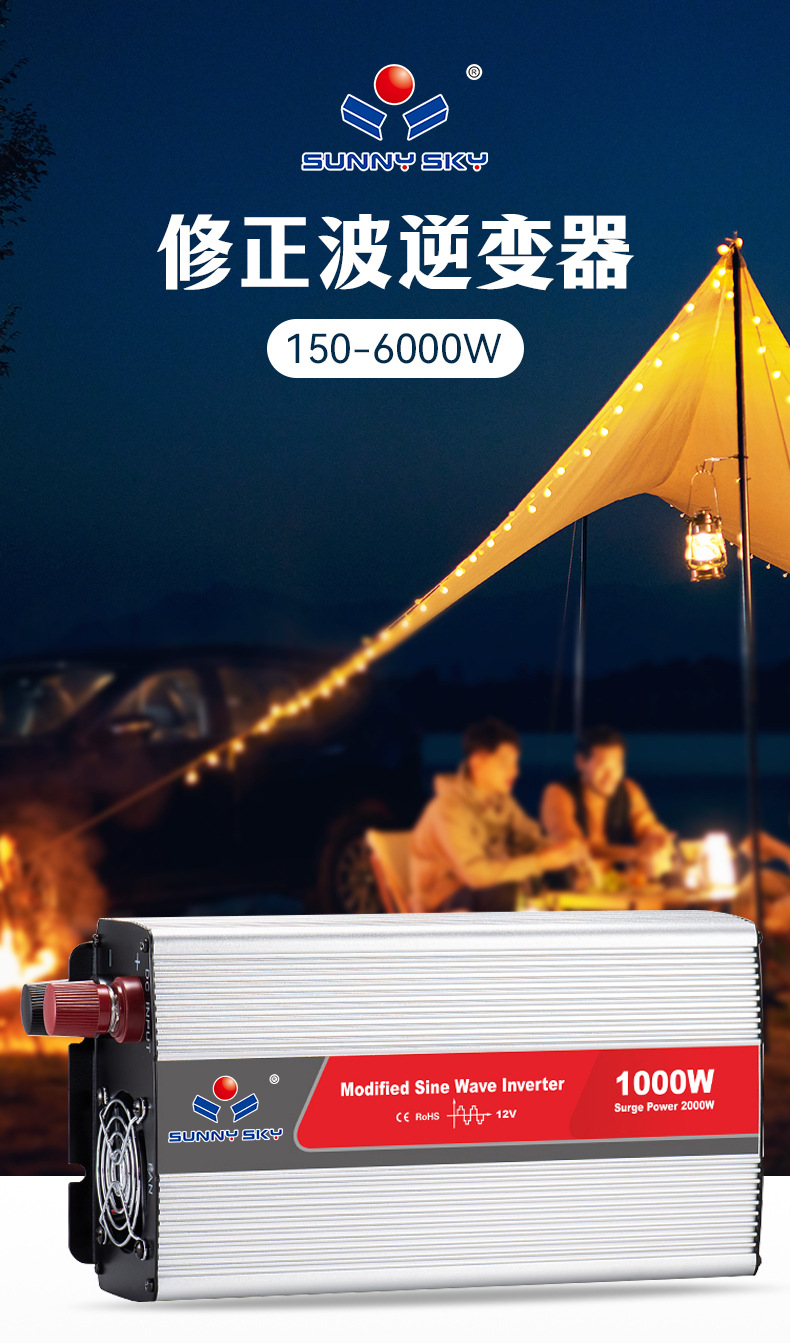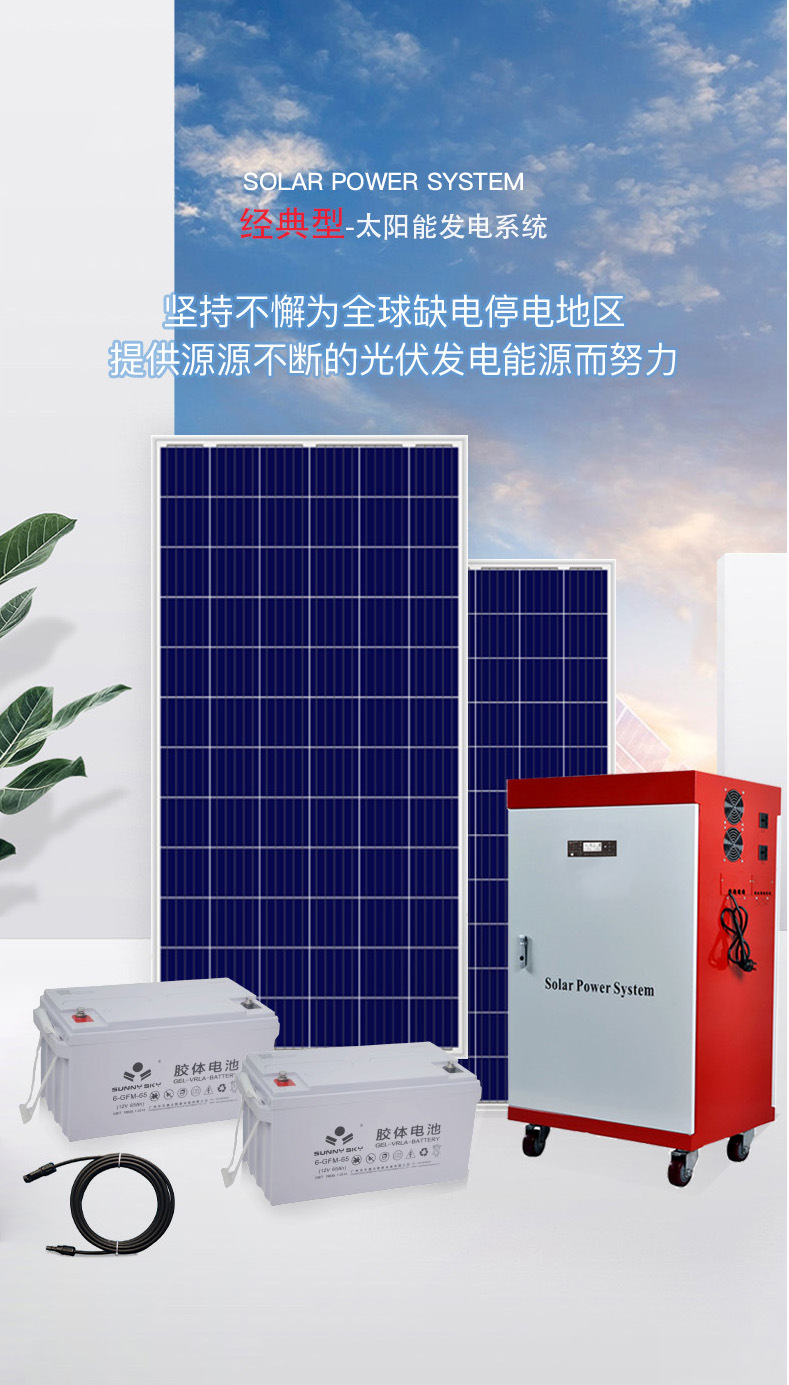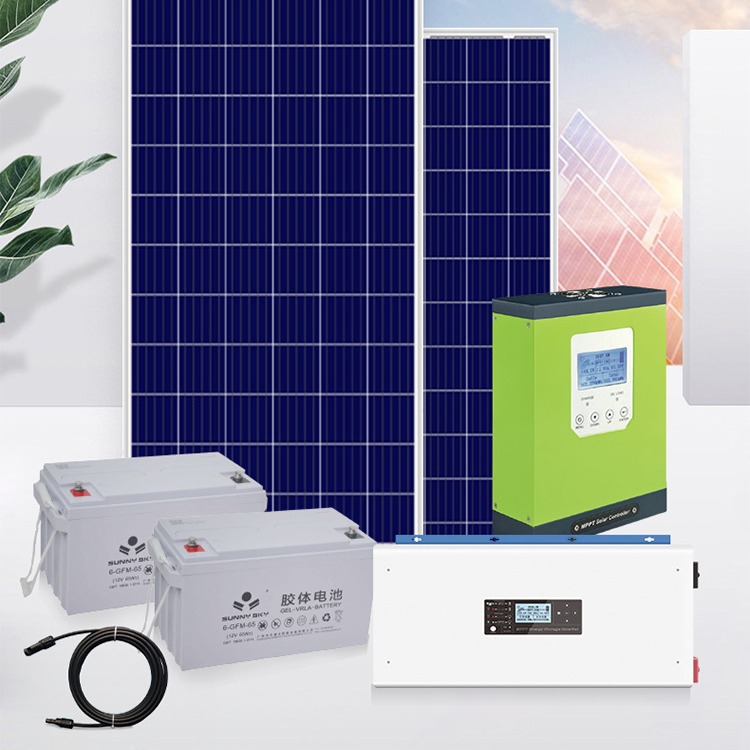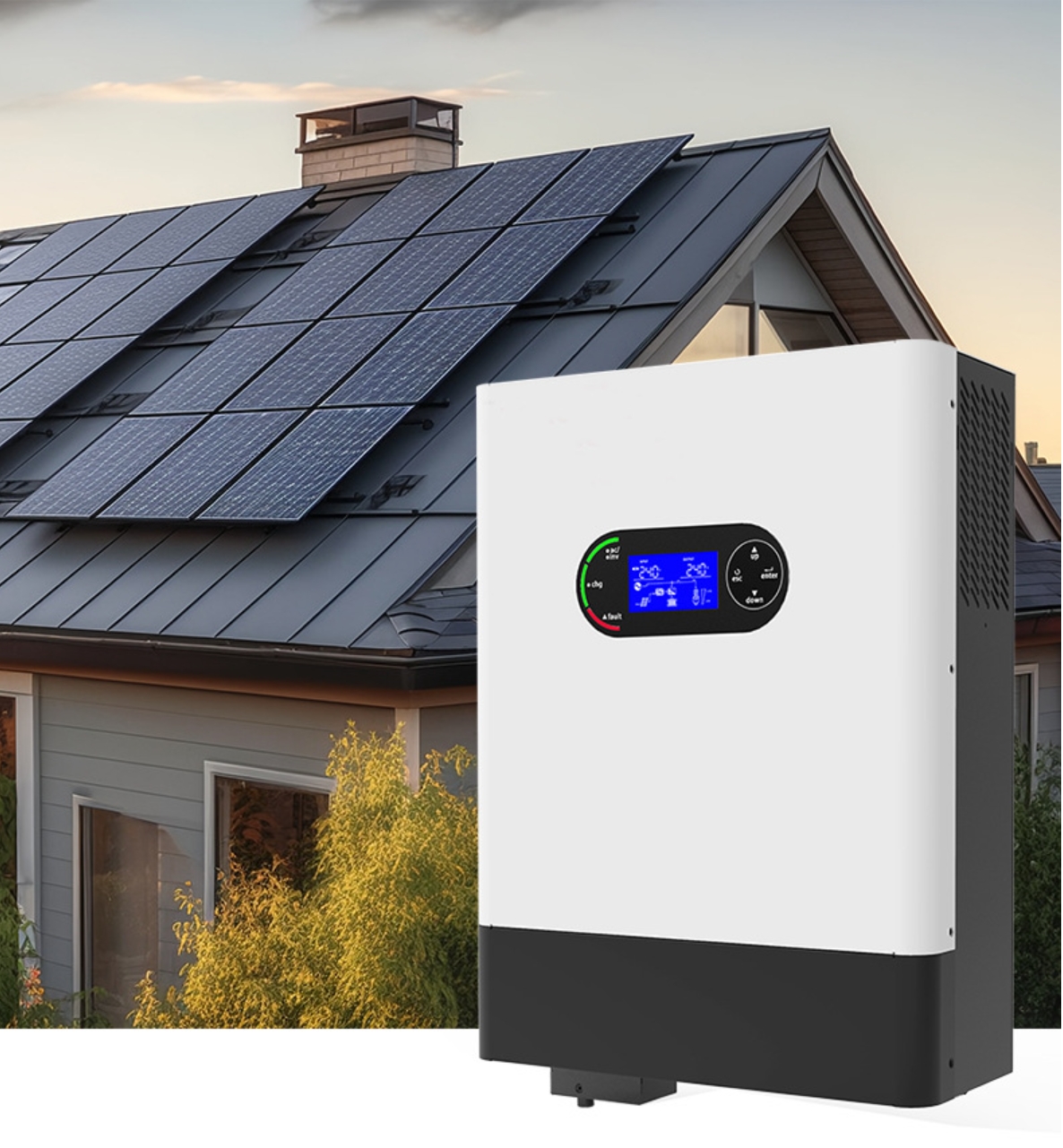Introduction: Why the Inverter Matters
In a solar power system, theinverterplays a central role by converting DC electricity from your panels into AC power for everyday use. More than just a converter, it also manages power flow, protects your system, and ensures stable energy delivery.
Choosing the wrong inverter can lead to poor performance, energy loss, or even system failure. That’s why this decision should be informed, not rushed.
Step 1: Know Your System Type
The type of solar system you plan to install will determine the kind of inverter you need:
-
Grid-Tied System: Best for locations with stable utility grid. The inverter sends excess power back to the grid.
-
Off-Grid System: Used in remote areas with no access to the power grid. Must be paired with a battery.
-
Hybrid System: Combines both grid connection and battery storage. Offers flexibility in areas with unreliable power.
Didisolar Insight: Hybrid systems are increasingly popular in Southeast Asia, Africa, and Latin America due to their energy independence and backup capabilities.
Step 2: Choose the Right Capacity
Match the inverter capacity to your solar panel system size. Here’s a basic reference:
| Solar Array Size | Suggested Inverter Size |
|---|---|
| 3KW | 2.5KW–3KW |
| 5KW | 4KW–5KW |
| 10KW | 8KW–10KW |
Avoid oversizing or undersizing unless professionally advised. Didisolar provides system-matching consultations to optimize efficiency.
Step 3: Look for Essential Features
When comparing inverters, prioritize the following technical specifications:
-
Pure sine wave output– Ensures safe operation for all devices
-
High efficiency (≥97%)– Reduces energy losses during conversion
-
MPPT tracking– Maximizes solar panel output under changing sunlight
-
Built-in protections– Overload, short-circuit, overheat, surge
-
IP65 or higher– Necessary for outdoor installations
-
Battery compatibility– Especially with lithium or lead-acid systems
All Didisolar inverters are CE, FCC, and EMC certified and built to operate in harsh environments from -25°C to +60°C.
Step 4: Consider Monitoring and Control
Smart inverters offer tools that make management easier:
-
WiFi or GSM remote monitoring
-
Mobile app or web dashboard
-
Load control settings
-
Battery status tracking
Didisolar inverters come with built-in communication ports and optional remote access modules for advanced monitoring.
Step 5: Match the Inverter to Your Usage Scenario
| Use Case | Inverter Type |
|---|---|
| Urban home with grid access | Grid-tied inverter |
| Rural home with power cuts | Hybrid inverter + battery |
| Fully remote cabin/farm | Off-grid inverter + battery |
| Small factory/commercial | Three-phase hybrid inverter |
Why Choose Didisolar?
-
Inverters from 1KW to 100KW+, single or three-phase
-
Support for LiFePO₄ batteries with 6000+ life cycles
-
Dual MPPT design for multiple roof angles
-
Smart protections and intelligent load management
-
Trusted by customers in Asia, Africa, and Latin America
-
Pre-sales consultation and post-sales support included
Conclusion
AtDidisolar, we help customers make informed decisions through expert guidance and reliable products—whether for homes, farms, factories, or off-grid installations.






